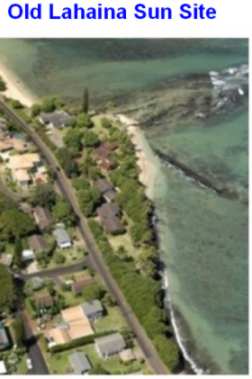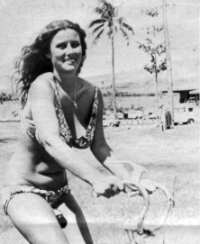West Maui Sugar Planters Told:Burn, Baby, Burn
Oh Sugar, Sugar Oh Honey, Honey
BY BUCK QUAYLE
Hawaii’s sugar growers received some encouraging words and a pat on the back last week from the State's top environmental specialist.
Speaking before the Hawaiian Sugar Planters' Assn. at the Royal Lahaina Hotel in Kaanapali, Dr. Richard E. Marland told the group he sees no need for the industry to stop cane burning entirely.
Marland heads the State's Office of Environmental Quality Control.
His position varies from that of the State Health Dept., which has said it would like to see all cane burning halted within three years.
According to a printed copy of Marland's speech, he said, "For the present, there is no evidence to justify- the requirement that open-field burning be totally halted, even phased: out on a long-range schedule."
Continuing, Marland said, "Restrictions applied locally, and on a basis of daily reevaluation of conditions, yes. But total cessation under conditions of today's knowledge, no.”
However, Marland said the State's air quality implementation plan provides for vigorous research to find a more economical and less polluting means of removing cane trash; than burning.
At the present time, cane fields are burned at maturity in order to remove unwanted vegetation -- trash -- before, hauling the cane to the mil. The industry has strongly resisted any end to cane burning, saying there is no practical or economical alternative.
"It is inconceivable that this source of tons of fiber can not be more economically converted to beneficial use to society," Marland said.
He suggested such research might show ways to turn cane trash into wood, fibers, or cloth, and might possibly show how it can be used to replace such non-reliable resources as soil and fossil fuels.
Marland commended the industry on several points. Comparing it with others, he said "the net degradation to our environment resulting from your operations is not even close to the problems caused by the heavy industries: metals, paper and chemicals."
He said the "fields generate more oxygen than is consumed", and through soil erosion programs, "you are preventing the loss of soil which would result from many of the alternate uses which could be made of this land."
"Your use of agricultural chemicals is so selective and well managed that the amounts reaching our oceans are small. (These chemicals may, or may not, be doing measurable damage in our oceans -- we do not know yet.)"
Discussing air pollution, Marland said "we are now preparing a plan by which we will implement our State standards for air quality, and do so by Jan. 1, 1975."
He cited three expected effects on the industry: a requirement to monitor and possibly control stack effluents from, milling operations; the possible need for a dust control program, and controls over open field burning.
Marland singled out fields in the central valley area of Maui as places in which "it is likely" dust control steps will have to be taken.
To Go To Sugar Cane Burning-Click Here
To Go To Maui Cane-Click Here
To Go To Best Maui Restaurants-Click Here
To Go To Brief Maui News-Click Here
To Go To Maui College-Click Here
To Go To Contact-Click Here

Maui Lahaina Sun
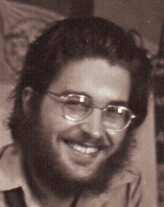
Buck Quayle at the Maui Lahaina Sun bureau circa 1970
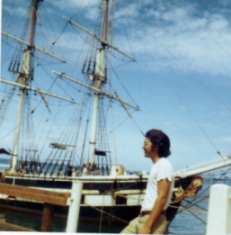
Reporter/Photographer Buck Quayle in 1971 in Maui with the Cartagenian in the background
Buck Quayle, 2011
Hawaii
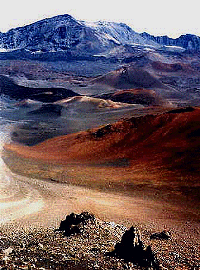
Another Day At The Office Haleakala National Park
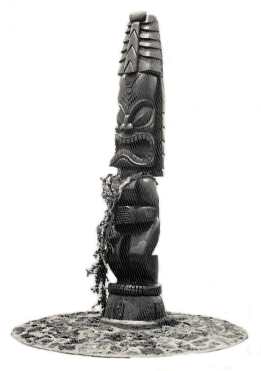
Tiki
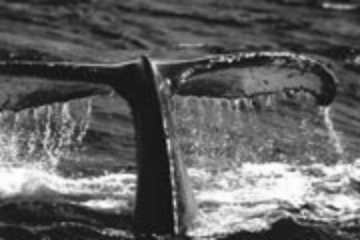
Whale tail
